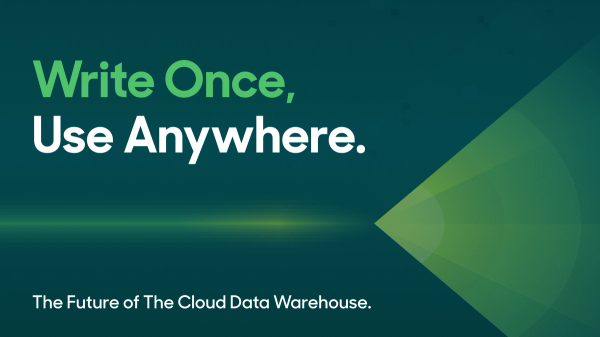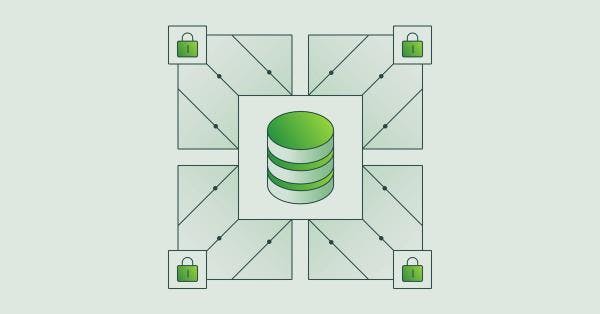The B2B CDP
How to overcome the unique data challenges of B2B marketing with a Composable CDP

Ju Lee

Brian Kotlyar
August 2, 2023
9 minutes

Utilizing customer data in B2B organizations is challenging, full stop. B2Bs ingest massive quantities of data from varied sources, including offline interactions and physical products, and incorporate a myriad of modern and legacy systems. B2B companies that can wrangle their customer data unlock a competitive advantage that can drive growth, enhance customer experiences, and ensure alignment across their many teams and systems.
Traditional Customer Data Platforms (CDPs) have been used in digital B2C industries to standardize customer data collection, organization, and activation into downstream applications like ad platforms and CRMs. However, not all CDPs are created equal, and most of these solutions often fail to meet the specific needs of today's B2B organizations, especially those with physical assets.
As a result, the cloud data warehouse has quickly become modern companies' preferred central storage and source of truth. The data warehouse can affordably unify data from offline and online sources, allowing organizations to centralize their operations regardless of their complex data needs. Organizations that want to utilize customer data can now bypass the separate data collection and storage of a traditional CDP and instead leverage a Composable CDP by activating data directly from the data warehouse.
In this blog, we’ll cover each of the major unique B2B data challenges and discuss how B2B companies can better address them with a Composable CDP built on top of their existing data warehouse rather than with yet another packaged SaaS solution.
B2B Data Challenge #1: Business and Account Entities
By definition, B2B companies aren’t selling just to individual users: they are selling to larger business accounts or companies. When a user visits a B2B website, that B2B company doesn’t just interpret that visitor’s actions as an individual: they must also consider what company that visitor works for, their role in that company, and ultimately what that visit might mean for a larger sales or account retention strategy.
While a B2C organization might care about just identity resolution (linking anonymous and known interactions into a single profile), B2Bs must also layer on entity resolution to associate individual users with their businesses, accounts, households, workspaces, etc. They must update entity profiles, lead scores, opportunity stages, and more across their various tools based on the actions of individual users.
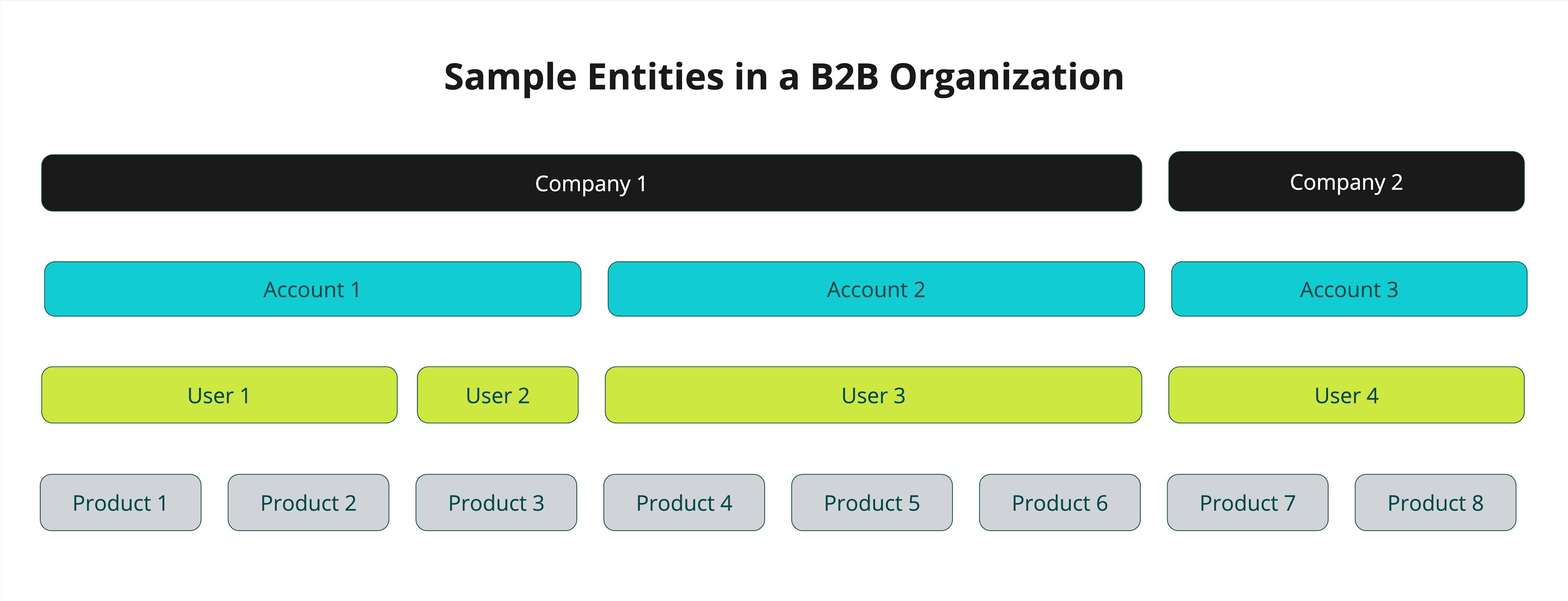
Each individual user may own multiple products. Each account may contain multiple users, and each company may contain multiple accounts.
Many traditional CDPs offer out-of-the-box identity resolution with rigid, predefined models. Offerings vary widely based on the particular CDP platform, but most are unable to perform entity resolution, as they were built to only handle customer identities. The CDPs that do perform entity resolution still usually rely on predefined models, which may not be customizable enough to meet each B2B’s needs.
Traditional CDPs also require users to upload data into their platforms to perform identity resolution. Because it's impractical to upload every scrap of data a B2B organization collects into a CDP, in practice this means that identity resolution is often incomplete and missing important facets of user interaction.
The data warehouse contains all of a company’s information; therefore, entity resolution performed within it can incorporate all aspects of user profiles and interactions. This includes everything from the physical products a consumer buys or their visits to point-of-sale locations. Companies can fully configure bespoke entity resolution models tailored to their business use cases, either with SQL or with code-free tools.
B2B Data Challenge #2: Diverse Data Sources
The complexity of B2B sales cycles and relationships demands access to comprehensive data from various sources. B2B organizations collect their own first-party data, including digital interaction data but also data from in-person interactions and various sales and operations systems.
However, they must also incorporate second-party and third-party data to enrich business profiles with company information, add employment data that links individual visitors to their parent companies, and more. Managing and integrating these diverse data types can be challenging.
For example, Convertiv utilizes their first-party data as their foundation for all data initiatives. That said, they turn to third-party sources like Bombora and G2 for intent data and Kickfire to further enrich details on their clients. This architecture gives them granular engagement data so they can reach out at the perfect time. Convertiv is accomplishing account-based marketing (ABM) with these three data tiers–and all of this is powered from their data warehouse.
The data warehouse is the only platform that is flexibile enough to aggregrate data from all sources. Traditional CDPs, on the other hand, often rely on data storage separate from the data warehouse and can only ingest specific data (notably, clickstream events).
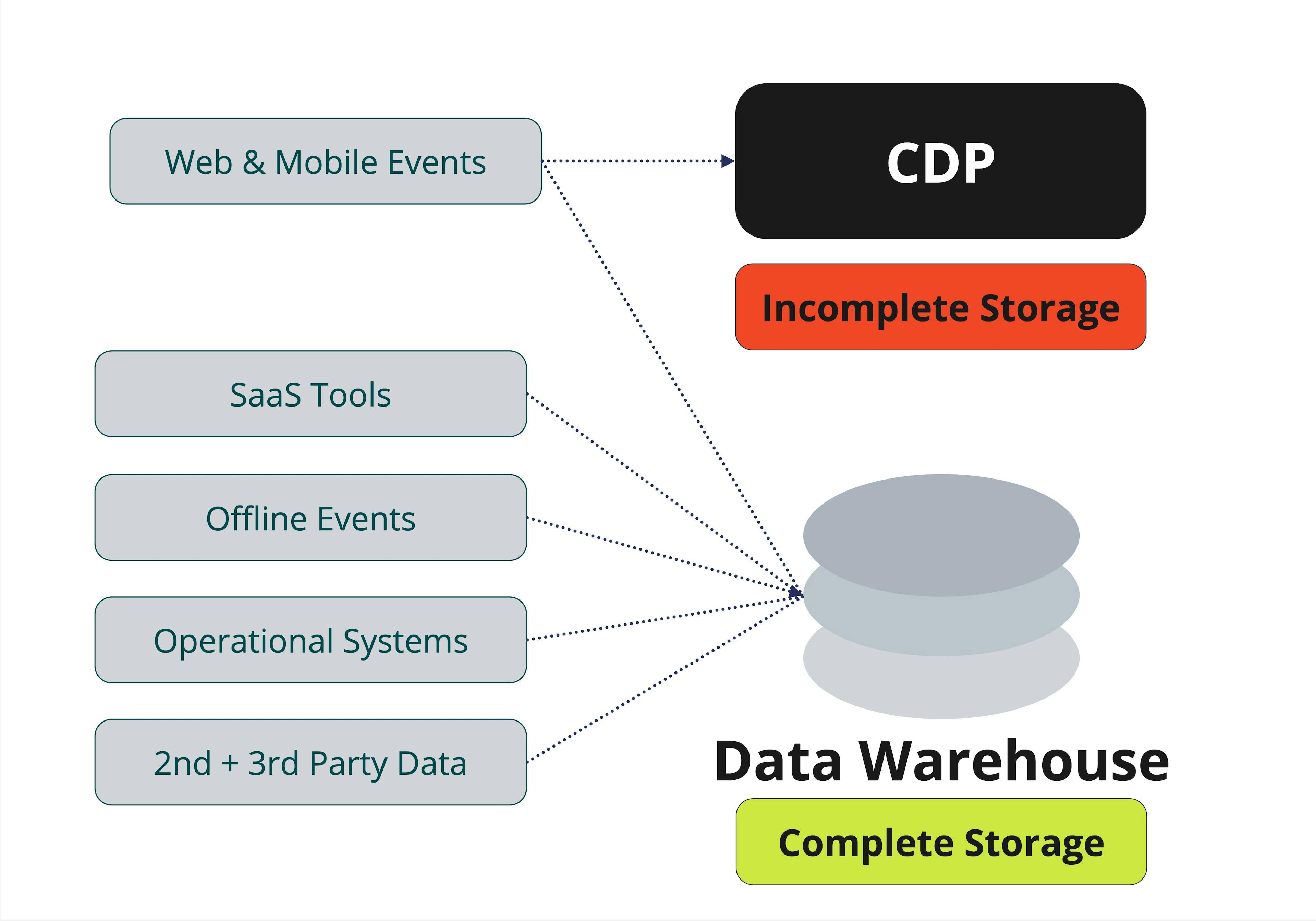
B2B Data Challenge #3: Aligning Data Across Diverse Systems
To succeed, B2B companies must ensure alignment across various operational systems used by cross-functional teams and often this includes decades-old legacy systems. Coordinating these systems effectively is crucial for seamless operations and data flow, enabling better decision-making and personalized customer experiences.
This is particularly challenging for B2B companies because every business application needs and supports custom data types. It can be difficult to join customer data across systems to create a unified customer 360. Different teams and systems rely on different types of data and different definitions of a customer:
- Support teams and systems focus on individual users as baseline customers (e.g., the email address that sends in support tickets).
- Sales teams view customers at the business level, as the entire business is ultimately responsible for purchasing the service or product.
- Product teams may focus on sub-business accounts, such as workspaces, that represent discrete units that utilize a service.
- Operations teams will power notifications (such as Slack alerts) and financial reports based on different types of data, which may not depend on traditional clickstream events, but instead depend on changes of account status or other dimensions on each customer profile.
Whatever customer data solutions a B2B adapts, they need to remain flexible enough to sync the types of data that each system relies on. Some B2B-focused CDPs maintain enough flexibility to do this, while others are constrained by rigid data models and definitions of a “customer.” The warehouse is fully configurable, providing a flexible foundation for Data Activation to downstream platforms.
Powering B2B from the Warehouse: The Composable CDP
The data warehouse is comprehensive: it can incorporate the diverse data required by B2B enterprises and unify it into a variety of identity and entity profiles. Leveraging a Reverse ETL platform like Hightouch enables companies to sync data from their warehouse to their existing operational systems. Reverse ETL allows organizations to define precisely which data goes to each destination for each use case, such as account lead scores for sales teams or customer emails for support teams. This combination of a warehouse with an activation platform creates a Composable CDP, delivering the outcomes of a traditional CDP, powered by the comprehensiveness and configurability of the data warehouse. You bring the power of a CDP to your existing data, rather than bringing your data into a separate CDP.
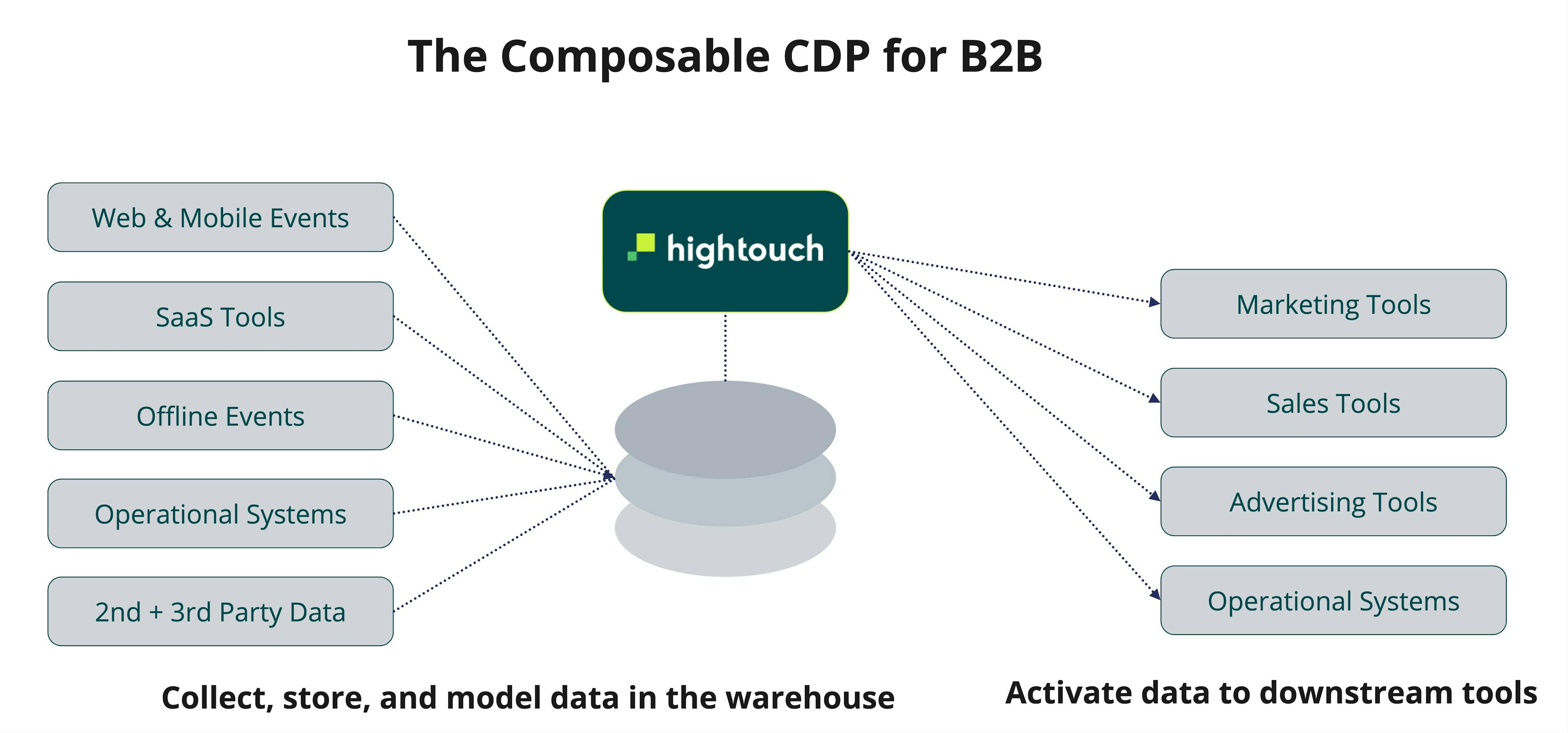
At its core, the Composable CDP embraces a flexible data modeling approach that empowers B2B enterprises to handle intricate relationships, such as accounts and objects, with ease. By enabling personalized data structures and entity relationships, B2B companies can gain a comprehensive understanding of their customers and make data-driven decisions.
Moreover, the Composable CDP prioritizes data security and compliance, ensuring that sensitive B2B transactions remain protected and adhere to regulatory standards. All data is stored directly in the company’s governed warehouse, unlike the separate data storage required by traditional CDPs.
The Composable CDP is also quick to implement, connecting data from the warehouse to downstream tools in just minutes of setup. It’s easy to continue to add and modify connections, so it’s easy for companies to keep their data integrations up-to-date as their needs and strategy continue to evolve. With the Composable CDP's ability to scale and adapt to future business needs, B2B enterprises can confidently navigate the evolving landscape and unlock boundless possibilities for data-driven success.
B2B Composable CDP Customer Stories
- Ramp, a finance automation platform, achieved a 25% increase in new business by leveraging a Composable CDP. Snowflake provided a scalable single source of truth, reducing costs and improving transformation speeds. With Hightouch, Ramp's outbound automation team drove 25% of all sales pipeline through personalized prospecting. Hightouch also enriched data in Salesforce, HubSpot, and Outreach, optimizing return on ad spend and automating underwriting and application processes.
- Gorgias, an e-commerce helpdesk solution, drove a 60% lift in customer acquisition with Hightouch and their data warehouse, BigQuery. Gorgias built centralized customer models and enriched them with predictive modeling and lead scoring within BigQuery. Gorgias relies on Hightouch to power ad platforms and outbound channels such as HubSpot with this customer data, optimizing all marketing efforts.
- Vendr, a SaaS buying platform, has streamlined all of its operations with a Composable CDP. Vendr creates entity models in Snowflake with dbt, and keeps profiles updated with information like deal stage. Hightouch powers lifecycle marketing platforms with changes to each of these models and predictions, automates operational messages in Slack, and syncs financial data directly to Google Sheets for quarterly reporting.
- Lucid, a visual collaboration suite, increased ROAS by 52% and increased new users by 37%. Lucid built a Customer 360 in Snowflake, and then leveraged Hightouch to power advertising with these customer profiles and optimize bidding in Google Ads.
In many ways, we developed our tech stack with a vision for the future, but we also wanted to solve the problems we have now. The problem with any out-of-the-box analytics suite is that you are restricted to only doing what it supports natively. CDPs are not extensible to what you want them to do.
Weston Rowley
Director of Strategy & Analytics
•
Lucid
Data is core to our business. Taking that data and putting it in the right place at the right time is key and that is exactly where Snowflake, Hightouch, and dbt help.
Erik Edelmann
Senior Analytics Engineering Manager
•
Vendr
Conclusion
B2B companies face unique challenges in managing customer data, requiring a tailored approach to drive growth and enhance customer experiences. The data warehouse is best equipped to meet the complex data needs that vary between each B2B company. The Composable CDP leverages the data warehouse to offer unparalleled flexibility, scalability, and data security, empowering B2B enterprises to handle intricate relationships, gain deep customer insights, and streamline operations.
Interested in learning more? Schedule a demo with our team today.

